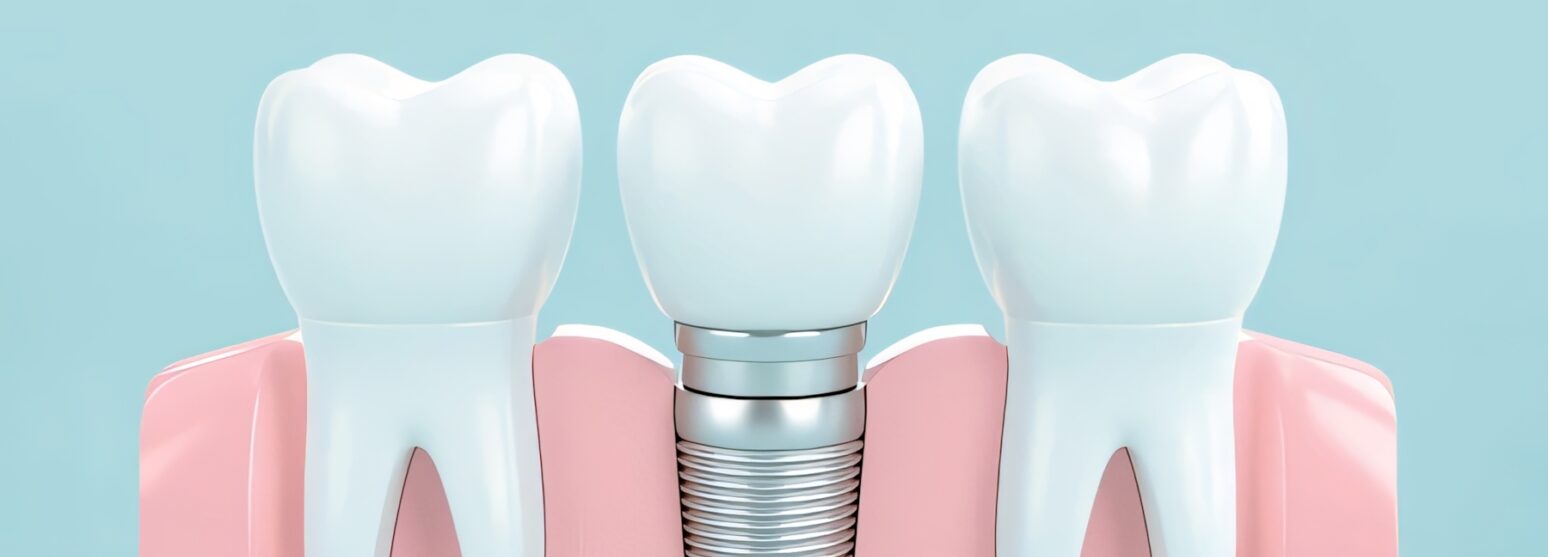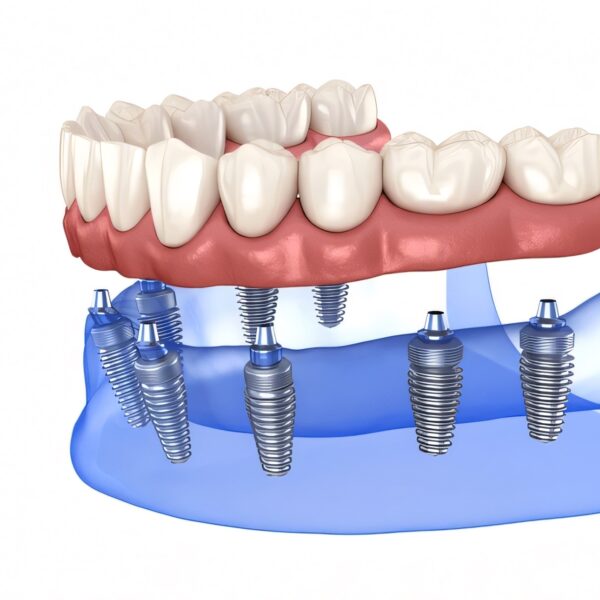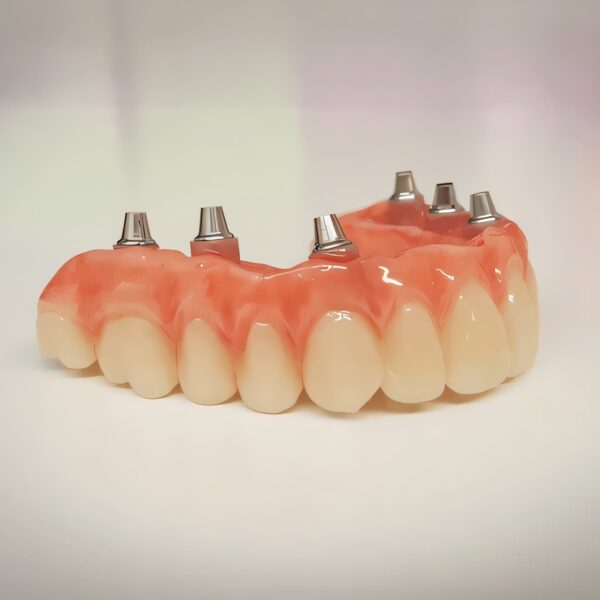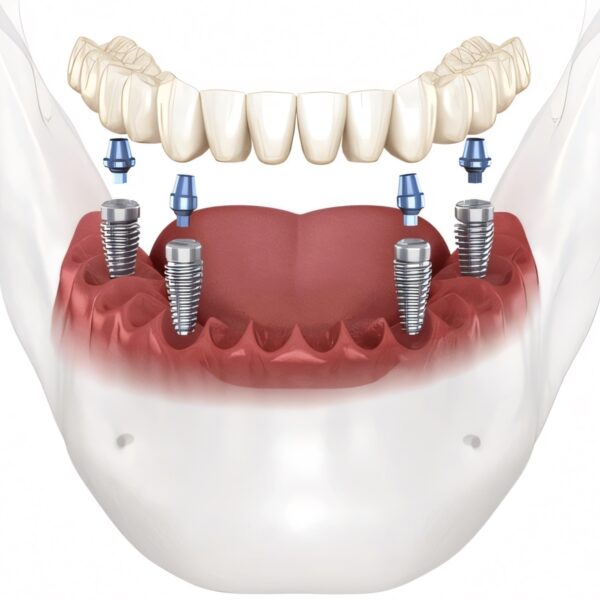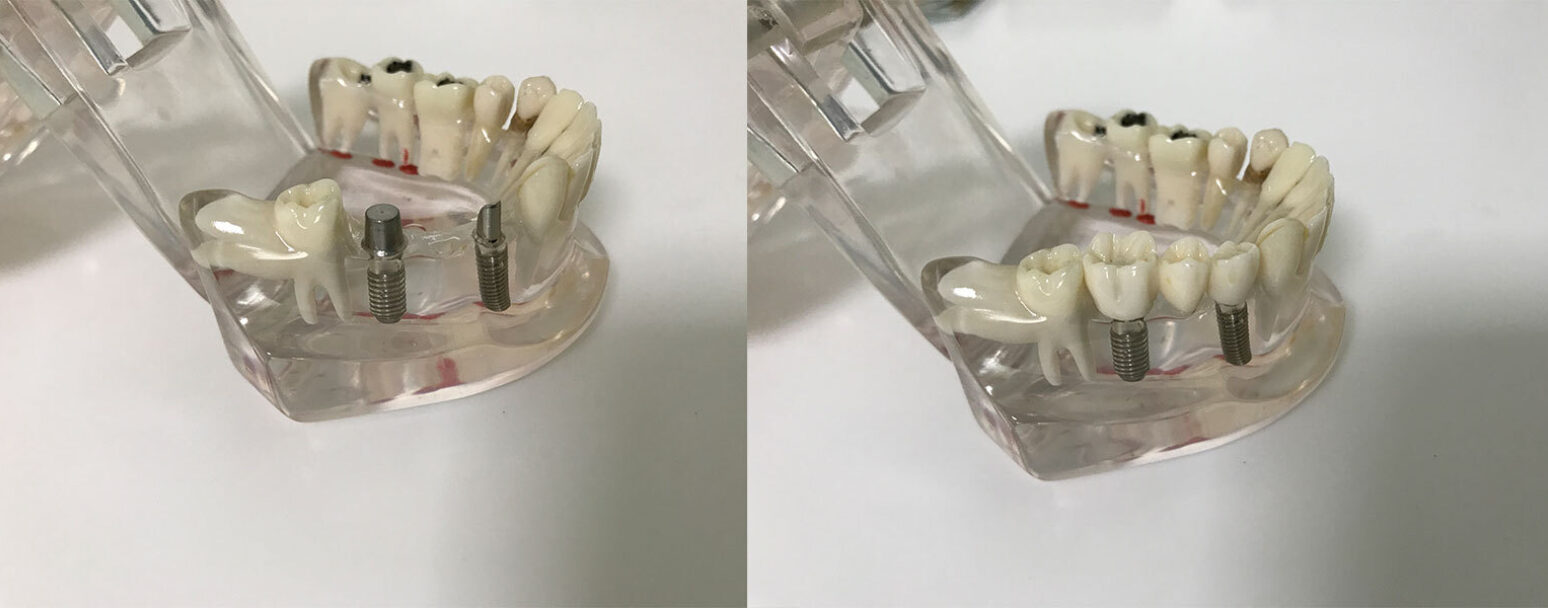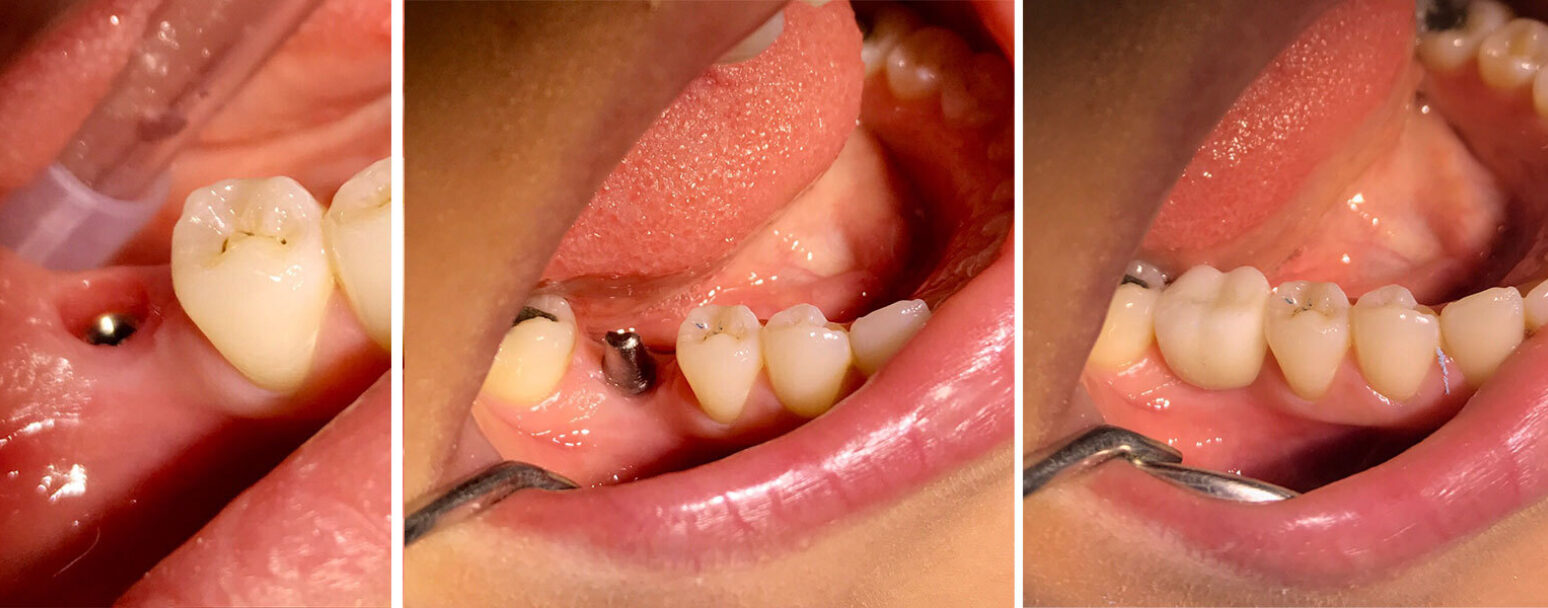A single tooth implant is a restoration made with an artificial root that replaces a missing tooth and an artificial tooth (crown) mounted on it. This treatment is designed to meet both functional and aesthetic needs. Here are the details of single tooth implant application and things to consider regarding aesthetics:
How is a Single Tooth Implant Done?
1. **Evaluation and Planning:** The dentist evaluates the patient's mouth and jaw structure. If necessary, he performs a detailed analysis of the area where the implant will be placed by taking an x-ray or CT scan.
2. **Implant Placement:** The implant is surgically placed in the area where the missing tooth is located, under local anesthesia. The implant is made of biocompatible materials such as titanium and is designed to integrate into the jawbone.
3. **Healing Process:** It may take several months for the implant to integrate with the jawbone. This process is called osseointegration and ensures that the implant fits securely into the bone.
4. **Abutment and Crown Placement:** After the healing process is completed, a connection piece called abutment is placed on the implant. The abutment allows the crown (artificial tooth) to sit on the implant. Then, a crown made in color and form compatible with the patient's other teeth is placed.
Aesthetic Problems
**Aesthetic problems in single tooth implant applications may generally arise due to the following factors:**
1. **Placement of the Implant:** The implant must be placed in the jawbone at the correct angle and depth. An improperly placed implant can cause the crown to appear mismatched with other teeth.
2. **Gum Compatibility:** The health and shape of the gums around the implant is important. If the gums are not shaped in harmony with natural teeth, aesthetic problems such as gum recession or asymmetry around the implant may occur.
3. **Quality and Compatibility of the Crown:** The color, shape and size of the crown must be fully compatible with the patient's existing teeth. In addition, the quality of the material used is critical for an aesthetic appearance.
Generally, when an experienced dentist and quality materials are used, single tooth implants offer very natural-looking and aesthetically pleasing results. Patients' expectations and aesthetic concerns should be discussed in detail with the dentist during the treatment planning phase. This is important to achieve a successful result, both functionally and aesthetically.
